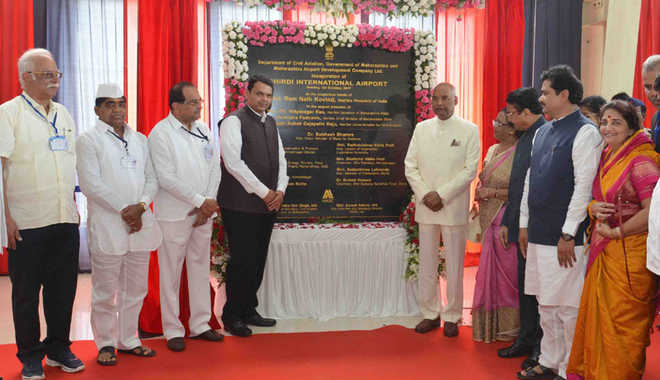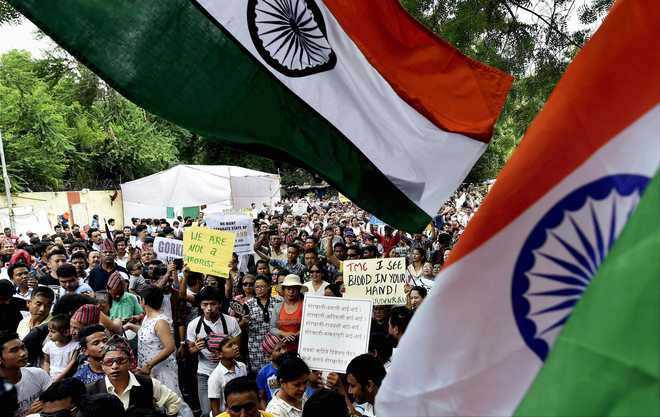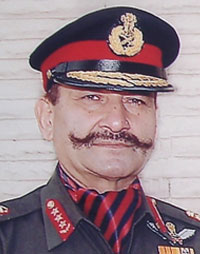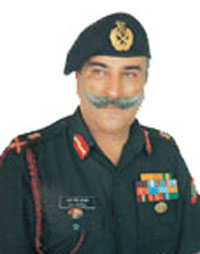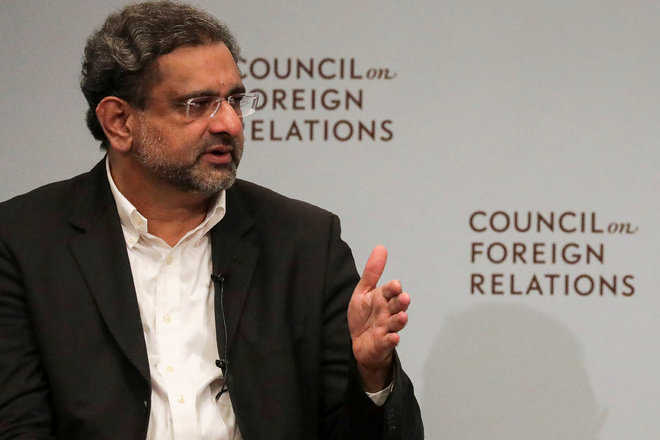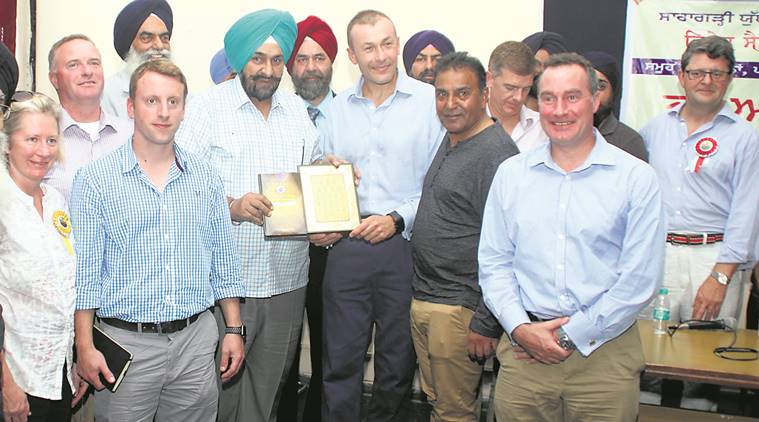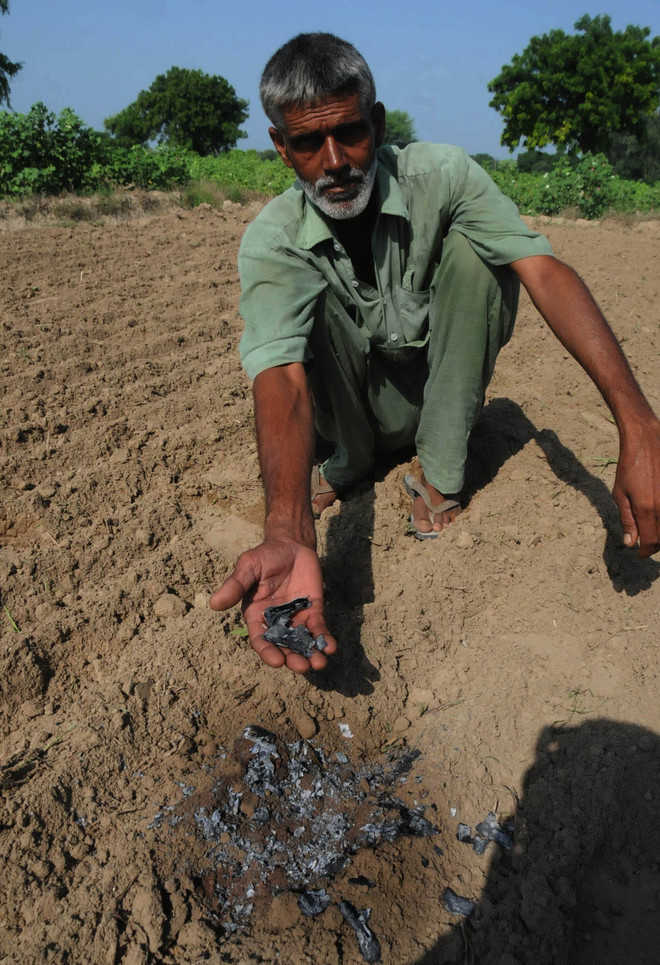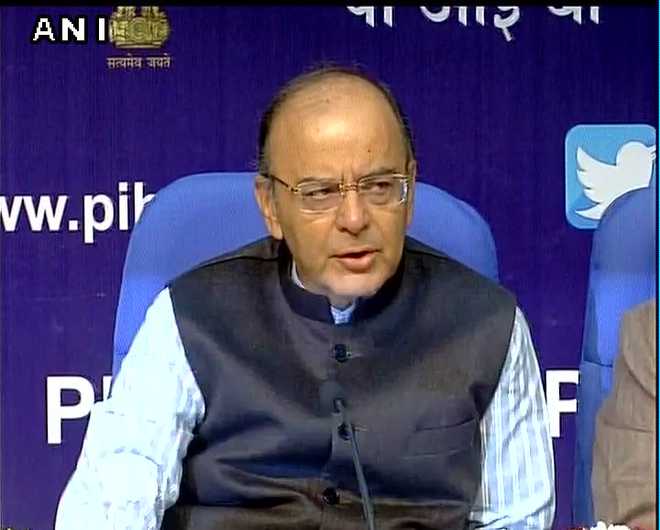If India has been ruled by foreign powers for centuries, our penchant for according primacy to personal interests over national concerns has been a key contributory factor. India has been adept at spawning throngs of people who can stoop down to despicable levels of anti-nationalism for their petty gains. They encourage disruptive forces and revel in India’s discomfiture at every juncture. Even today, fading political leaders, pseudo-intellectuals and prestitutes get rewarded handsomely for their perfidious acts by the forces inimical to Indian interests.
The issue of nationalism and anti-nationalism has been the subject of intense debate for the last three years. In fact, every occurrence, act, statement and view point is subjected to similar typecasting (national or anti-national), thereby generating questions about the very concept of nationalism. A significant section of Indian media and intelligentsia considers Indian nationhood to be a nebulous proposition. For them, freedom of speech/action is of far more import and criticality. Therefore, they give precedence to individual freedom over the perceived national interests.
The question arises as to what is nationalism and how does an act/ activity qualify to be termed anti-national. Notwithstanding multiple definitions given by politico-social scientists, nationalism in its simplest form means – ‘an unflinching belief that the interests of one’s nation-state are supreme and take precedence over everything else’. Conversely, anti-nationalism denotes attitudes and acts associated with an opposition to nationalism. Anti-nationalism flows from an attitude of repugnance for the concept of nation states, thereby assigning overriding primacy to individual rights over all other considerations.
Coming to anti-nationalism, it’s gamut is vast. On one end, there are overt acts of violence to include social unrest, agitations, terrorism, insurrection and insurgency. Covert activities occupy the other end of the spectrum and include far more seditious subterfuges that cause social disharmony, generate distentions amongst the people, make citizens lose confidence in the governing regime and defame the country internationally. Being dreadfully lethal, they have the potential of causing severe damage to the soul and body of a nation-state.
Anti-nationalism has two key imperatives. One, it does not exist in innocence but contains malicious intent and ulterior motives, albeit camouflaged under high sounding ideological phrases. Two, anti-national acts are carried out by the perpetrators in full knowledge of the ensuing detrimental impact on national interests.
Judging against the above two criteria, Hamid Ansari’s last interview as the Vice-President of India certainly qualifies for the tag of anti-nationalism. After having enjoyed all the perks and privileges of office for the last ten years (three years under the present government), his conscience troubled him only on the last day in office. His assertion that India’s Muslims are living with a “feeling of unease” and “a sense of insecurity is creeping in among them” was certainly malevolent in intent and designed to damage India’s secular image.
Undoubtedly, facilitation of illegal immigrants from Bangla Desh has been the gravest anti-national mischief in Independent India. To create a loyal vote bank, the ruling party passed ‘Illegal Migrants – Determination by Tribunals (IMDT) Act of 1984 for Assam’. It shifted the onus of proving illegal status of a suspected immigrant to the accuser, which was virtually impossible. As a result, immense damage has been done to the demography of Assam. Nearly 30 Islamic groups are thriving in the area to further their Islamist and Pan Bangla Desh agenda.
Perhaps, India is the only country that has an ignominious track record of producing Home Ministers who readily shamed the country to please their master. One concocted theories of saffron terrorism while the second one declared a terrorist to be innocent in an affidavit to the court to ensnare the opposition leaders in a false case. Government’s linking of the Samjhauta Express blasts to a Hindu group, whereas most initial reports suggested involvement of the Islamic groups Lashkar-e-Toiba and Jai sh-e-Mohammed. In the process, they provided anti-India ammunition to the hostile foreign media. Similarly, terming of Batla House encounter that led to the death of two terrorists and one police officer to be stage-managed made Pak media ecstatic. It keeps mocking India to date.
Some of our leaders of suspect loyalties, predisposed intelligentsia and presstitutes display compassion for the stone-palters who abet terrorism but never shed a tear for the hapless soldiers and policemen braving them. Use of young boys and women as human shield to thwart anti-terrorist operations is acceptable to them but not the ingenuity of an officer to ensure safe passage through hostile mobs. A section of the intelligentsia has been demanding that Jammu and Kashmir be allowed to separate from India if it wishes to do so.
The self-proclaimed secular intelligentsia has done maximum damage to India’s prestige and standing. Some of them appear to be fifth columnists anti-nationals masquerading as progressive intellectuals. It can be said with certainty that the well-orchestrated campaign of intolerance was totally malicious in intent. The sole objective was to stall all progressive reforms by tarnishing the image of the government.
Seditious acts and utterances that bring disgrace and disrepute to the country are always anti-national in intent. When a political leader declares ‘it’s safer to be a cow than to be a Muslim in India today’, he puts the whole country to shame. The world media flashes such headlines with sinister pleasure. Many social-media activists indulge in spreading negativity in the environment. Their sole pursuit is to search out and propagate any news or article that is critical of the regime, howsoever innocuous or ill-informed it may be. For them, India is a cheerless country with no hope. They see darkness and spread pessimism.
As stated above, the concept of nationalism is based on the premise that national interests are supreme and allegiance to them is absolute. Opposition to the government policies, criticism of its performance and differences with the majority view cannot be termed as anti-national activities. In fact, they are essential for the survival of democracy in India. Freedom of speech falls under the same convention. The concept of ‘good faith’ being the sole measure.
Finally, if India has to survive and flourish as a nation; anti-nationalism has to be dealt with ruthlessly. Anyone promoting hatred between communities or undertaking divisive actions should be punished for anti-national activities (or even treason/sedition), as internal distentions are the start point of all civil strife. Similarly, any act or statement that harms national interests should be viewed as anti-nationalism and censured accordingly. Human rights and personal freedom cannot be allowed to be misused to pose a threat to national wellbeing.*****
